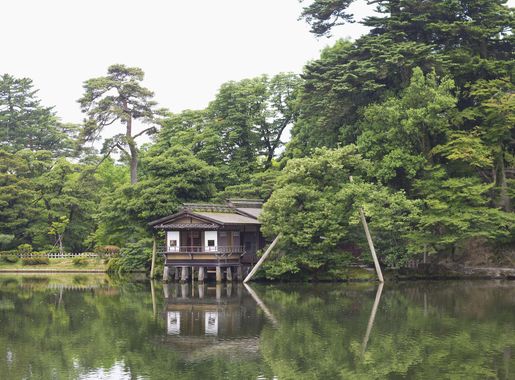
Kenrokuen Garden: A Harmonious Blend of Nature and History
Explore Kenrokuen Garden in Kanazawa, Japan: A timeless blend of nature, history, and traditional Japanese artistry, offering unique seasonal beauty year-round.
Nestled in the heart of Kanazawa, Kenrokuen Garden is one of Japan's most celebrated landscape gardens. Spanning over 11.4 hectares, it offers a perfect blend of six quintessential garden attributes: spaciousness, seclusion, artifice, antiquity, waterways, and panoramas. It stands as a testament to the Edo period's gardening mastery and provides a tranquil escape from the bustling city life. Visitors to Kenrokuen can wander through winding pathways, over quaint bridges, and past serene ponds, each turn revealing a new scenic delight. The garden is home to a variety of seasonal plants and trees, ensuring a unique experience in every season. From the cherry blossoms in spring to the vibrant foliage in autumn, and the snow-covered landscapes in winter, Kenrokuen is a year-round spectacle. Kenrokuen Garden also features several tea houses where visitors can experience traditional Japanese tea ceremonies. The historical buildings and statues dotted throughout the garden add to its rich cultural tapestry. As you stroll through, don't miss the Kotoji-toro, a two-legged stone lantern that has become a symbol of the garden, or the tranquil Kasumigaike Pond, which reflects the beauty of its surroundings.
Local tips in Kenrokuen Garden
- Visit early in the morning to avoid crowds and enjoy a peaceful experience.
- Wear comfortable walking shoes as the garden is expansive with uneven paths.
- Bring a camera to capture the stunning seasonal changes and picturesque views.
- Check the garden's schedule for tea ceremony demonstrations at the tea houses.
- In winter, look out for the yukitsuri, a traditional method of protecting trees from heavy snow.
Kenrokuen Garden: A Harmonious Blend of Nature and History
Nestled in the heart of Kanazawa, Kenrokuen Garden is one of Japan's most celebrated landscape gardens. Spanning over 11.4 hectares, it offers a perfect blend of six quintessential garden attributes: spaciousness, seclusion, artifice, antiquity, waterways, and panoramas. It stands as a testament to the Edo period's gardening mastery and provides a tranquil escape from the bustling city life. Visitors to Kenrokuen can wander through winding pathways, over quaint bridges, and past serene ponds, each turn revealing a new scenic delight. The garden is home to a variety of seasonal plants and trees, ensuring a unique experience in every season. From the cherry blossoms in spring to the vibrant foliage in autumn, and the snow-covered landscapes in winter, Kenrokuen is a year-round spectacle. Kenrokuen Garden also features several tea houses where visitors can experience traditional Japanese tea ceremonies. The historical buildings and statues dotted throughout the garden add to its rich cultural tapestry. As you stroll through, don't miss the Kotoji-toro, a two-legged stone lantern that has become a symbol of the garden, or the tranquil Kasumigaike Pond, which reflects the beauty of its surroundings.
Iconic landmarks you can’t miss
Kenroku-en
Discover Kenroku-en, a stunning Japanese garden in Kanazawa, known for its seasonal beauty and historical significance, perfect for nature lovers and cultural enthusiasts.
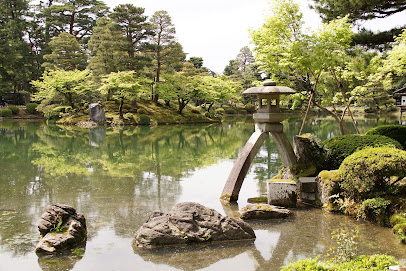
Gyokuseninmaru Park
Explore the serene beauty and historical significance of Gyokuseninmaru Park, a stunning Japanese garden in Kanazawa Castle Park.
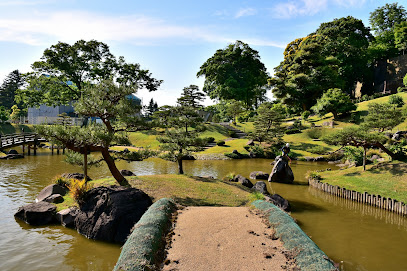
Kasumiga-ike Pond
Experience tranquility and natural beauty at Kasumiga-ike Pond, a serene gem within Kanazawa's Kenroku-en Garden, perfect for relaxation and exploration.
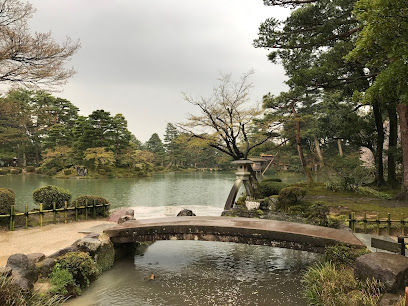
Kenrokuen Garden Katsurazaka Gate
Explore the exquisite beauty and tranquility of Kenrokuen Garden, a masterpiece of Japanese landscape design and a must-visit tourist attraction in Kanazawa.
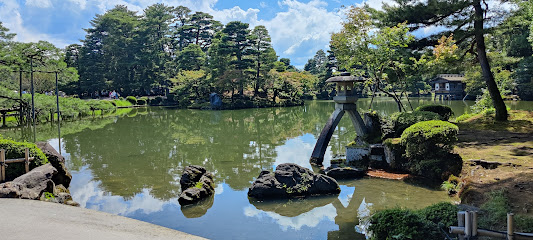
Fountain
Explore the captivating beauty of the Fountain in Kenrokuen Garden, a serene escape in Kanazawa, showcasing Japan's rich cultural heritage and stunning landscapes.
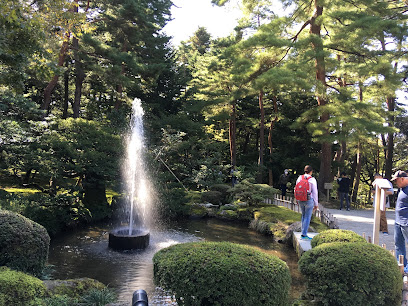
Renchi-mon Gate
Experience the beauty of Renchi-mon Gate, a historical gem in Kanazawa that connects visitors to the serene Kenrokuen Garden and rich Japanese heritage.
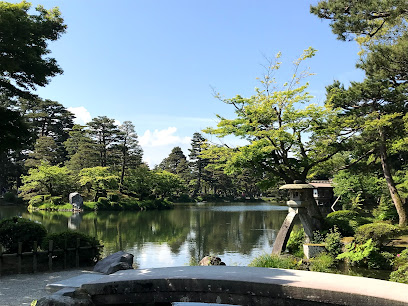
Kenrokuen Garden Kodatsuno Gate
Discover the serene beauty of Kenrokuen Garden, a top-rated attraction in Kanazawa, where nature and history intertwine in a stunning landscape.

Kanazawa Castle Park
Experience the serene beauty and rich history of Kanazawa Castle Park, a must-visit gem in Japan's cultural landscape.
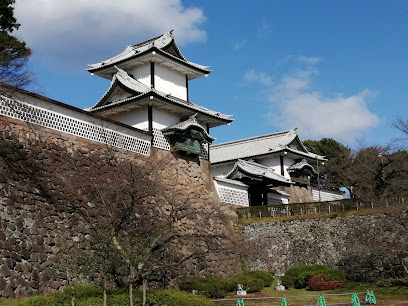
Kenrokuen Garden Kamisaka Gate
Explore the serene beauty and cultural heritage of Kenrokuen Garden, a must-visit destination in Kanazawa, Japan.
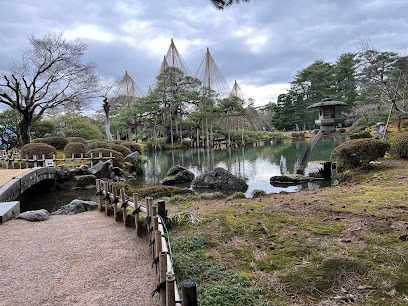
Ryuseki
Experience tranquility and natural beauty at Ryuseki Garden, a serene retreat in Kanazawa, perfect for relaxation and nature exploration.

Unmissable attractions to see
Higashi Chaya District
Explore the historic Higashi Chaya District in Kanazawa, where traditional teahouses and rich cultural heritage create an unforgettable journey.
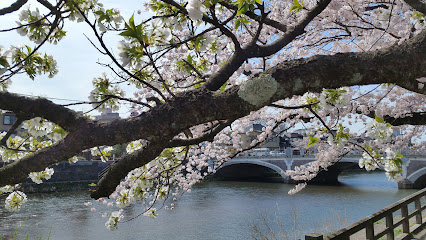
Fountain
Discover the serene beauty of Kenrokuen, home to Japan's oldest fountain, nestled in the lush landscapes of Kanazawa, Ishikawa Prefecture.
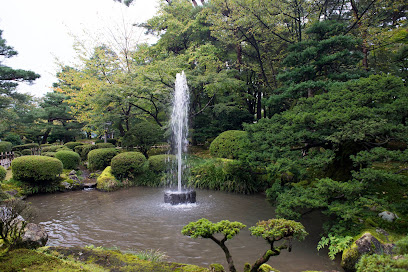
Renchi-mon Gate
Explore the enchanting Renchi-mon Gate in Kanazawa, a gateway to the stunning Kenroku-en Garden, showcasing Japan's rich cultural heritage.

Suitaki
Experience the tranquility of Suitaki, a traditional Japanese garden in Kanazawa, perfect for peaceful escapes and cultural exploration.
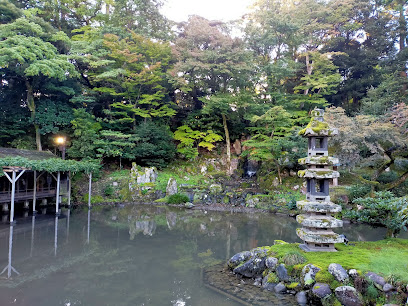
Essential places to dine
Kenrokutei
Discover authentic Japanese cuisine at Kenrokutei, a charming café in Kanazawa offering exquisite dishes in a serene atmosphere.
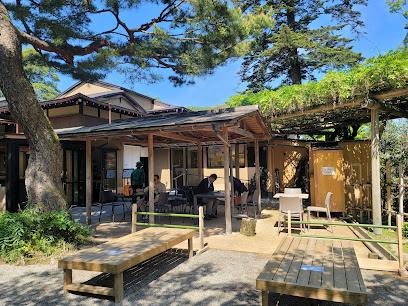
Kikantei
Experience the essence of Japanese culinary art at Kikantei in Kanazawa - a delightful destination for authentic flavors.
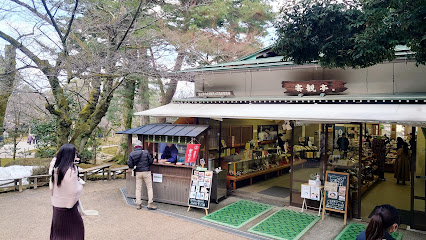
Gyokusen-tei
Discover authentic Japanese cuisine at Gyokusen-tei in Kanazawa—where tradition meets culinary excellence.
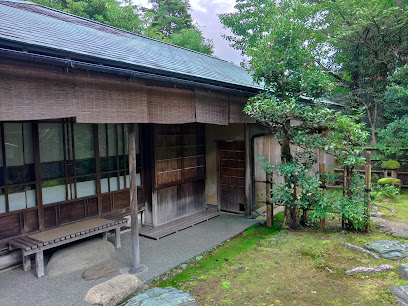
お食事処堤亭
Discover the flavors of Japan at お食事処堤亭 in Kanazawa – your gateway to authentic dining experiences.
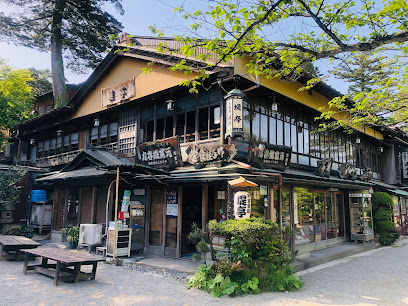
兼六坂 金澤さくら亭
Discover authentic Kaiseki dining at Kenroku-saka Sakura-tei in Kanazawa, where tradition meets culinary artistry amidst serene garden views.
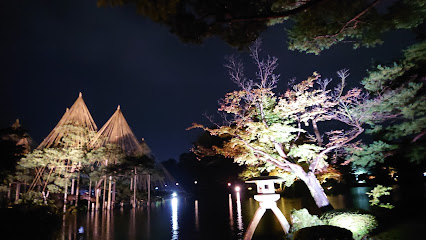
Miyoshian
Experience authentic Kaiseki dining at Miyoshian in Kanazawa—where every meal is a celebration of Japan's culinary artistry.
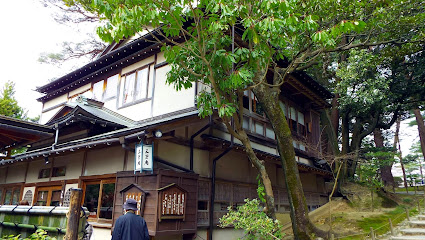
Shiroyamatei
Experience authentic Japanese cuisine at Shiroyamatei in Kanazawa—a perfect blend of tradition and flavor awaits you.
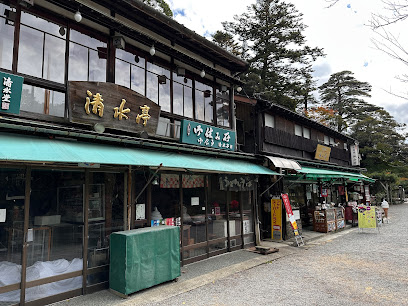
Miyoshian Suitei
Discover the exquisite art of Kaiseki dining at Miyoshian Suitei in Kanazawa – where every dish tells a story of seasonal beauty.

Kotobuki
Discover authentic Japanese cuisine at Kotobuki in Kanazawa, where every dish tells a story of tradition and flavor.
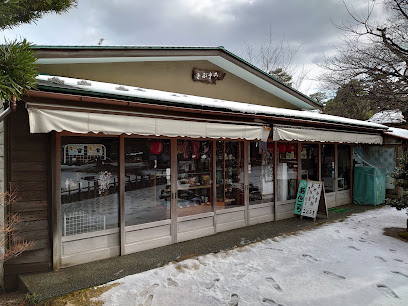
Japanese Dining Yamatoku
Discover authentic izakaya dining at Japanese Dining Yamatoku in Kanazawa, where traditional flavors meet warm hospitality.
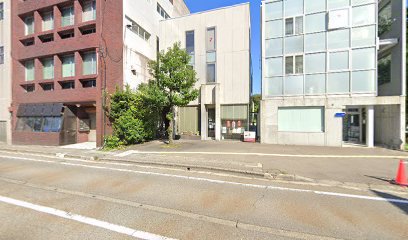
Markets, malls and hidden boutiques
Ishikawa Local Products Center
Explore the Ishikawa Local Products Center for an authentic shopping experience filled with unique Japanese souvenirs and local delicacies.
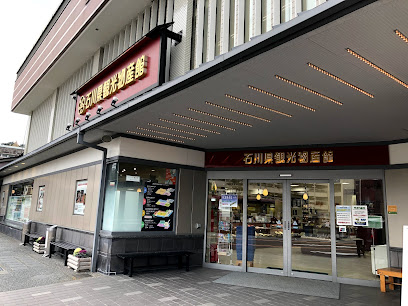
Hands Kanazawa Store
Explore the vibrant Hands Kanazawa Store for unique gifts, local crafts, and a delightful shopping experience in the heart of Kanazawa.
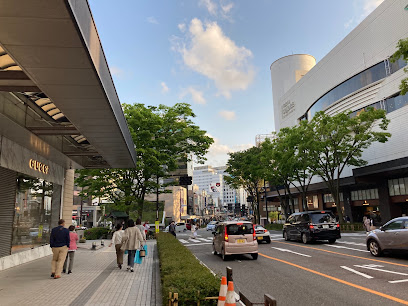
Kinpakuya Sakuda Head Shop & Workshop
Discover the artistry of gold leaf at Kinpakuya Sakuda, a premier destination for authentic Kanazawa souvenirs and traditional craftsmanship.
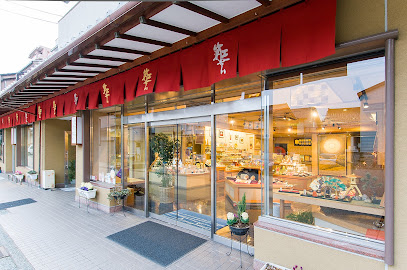
Hakuichi Kenrokuen Store
Explore the essence of Kanazawa at Hakuichi Kenrokuen Store, where traditional souvenirs and local delicacies await every traveler.
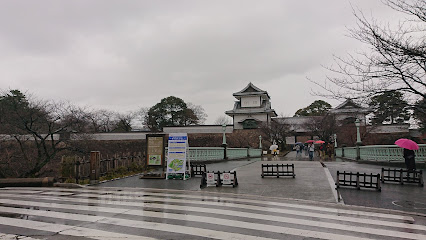
Museum Shop
Explore the Museum Shop in Kanazawa for unique gifts and souvenirs that embody the artistry and culture of Japan.
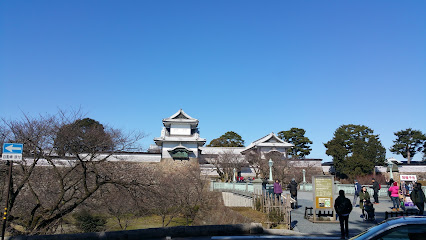
Kinpakuyasakuda Chayagai Store
Explore authentic Japanese gifts and souvenirs at Kinpakuyasakuda Chayagai Store in Kanazawa, a treasure trove of local craftsmanship and culture.
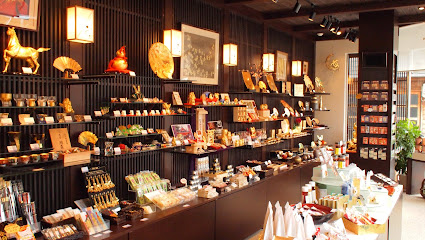
Imai Kinpaku Hirosaka Store
Explore the rich traditions of Kanazawa at Imai Kinpaku Hirosaka Store, your go-to destination for exquisite Japanese souvenirs and local crafts.
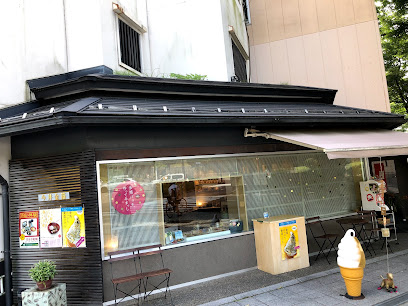
Maiami - Handmade Gift & Souvenir
Explore Maiami in Kanazawa for exquisite handmade gifts and souvenirs, showcasing the best of Japanese craftsmanship in a charming setting.
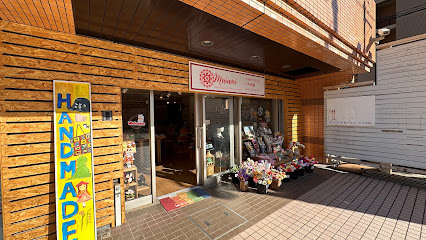
Hokusai Graphic
Explore Hokusai Graphic in Kanazawa, a treasure trove of art-inspired gifts celebrating the legacy of Japan's iconic artist, Katsushika Hokusai.
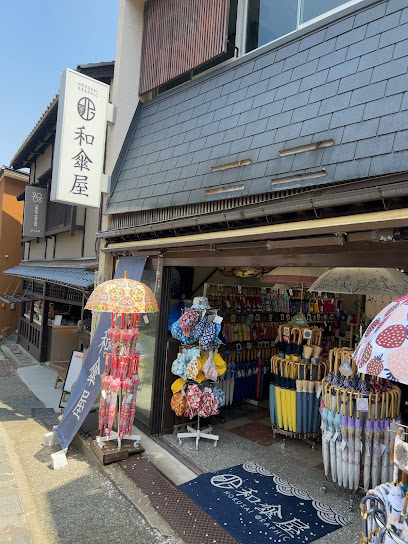
浪漫
Discover the charm of Kanazawa at 浪漫, where local crafts meet contemporary design in a delightful shopping experience.
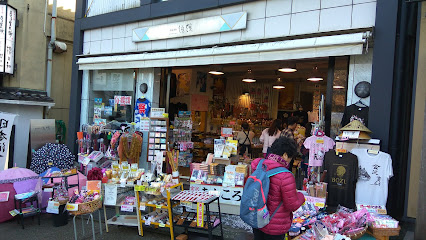
Essential bars & hidden hideouts
FURANSU COCKTAIL BAR フランス
Discover the art of cocktail creation at Furansu Cocktail Bar in Kanazawa, where each drink tells a story of flavor and elegance.
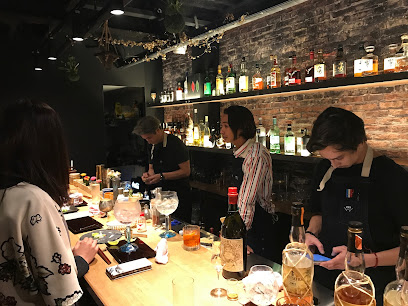
Kohaku Bar
Discover Kohaku Bar in Kanazawa: A vibrant nightlife destination offering exquisite drinks and a lively atmosphere for an unforgettable experience.
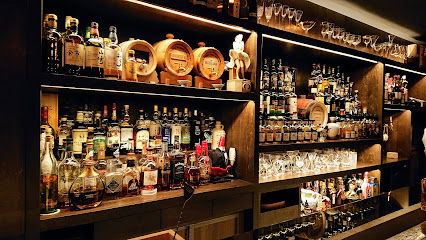
Kanazawa Music Bar
Vibrant nightlife in Kanazawa awaits at Kanazawa Music Bar, where live music meets delicious cuisine and a lively atmosphere.
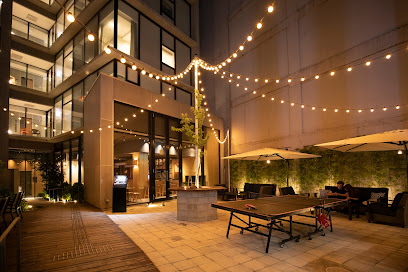
JIGGER BAR St.Louis
Experience the vibrant nightlife of Kanazawa at Jigger Bar, where exquisite cocktails and a lively atmosphere await every visitor.

The Londonya Bar
Discover the lively nightlife of Kanazawa at The Londonya Bar, where craft drinks and a vibrant atmosphere await you.
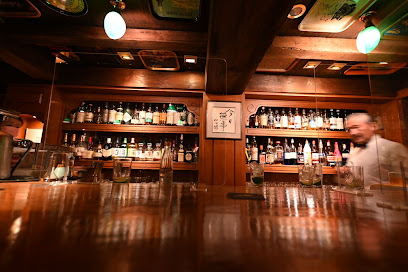
Bar Spoon
Experience the vibrant nightlife of Kanazawa at Bar Spoon, where exquisite cocktails meet a warm, inviting atmosphere.
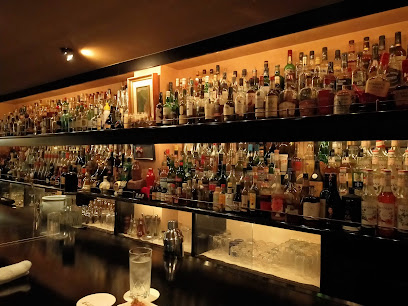
漱流
Experience the vibrant nightlife of Kanazawa at 漱流, where artisanal cocktails and a cozy atmosphere create unforgettable memories.
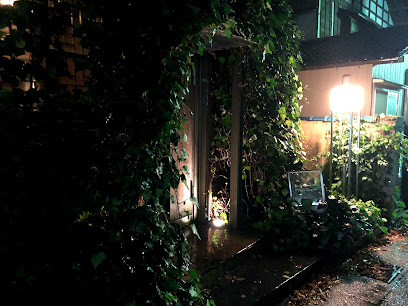
Bar Quinase
Experience the vibrant nightlife of Kanazawa at Bar Quinase, where exquisite drinks and a cozy atmosphere await you.

Sturgis
Experience the vibrant nightlife of Kanazawa at Sturgis, a unique bar offering creative cocktails and a friendly atmosphere.
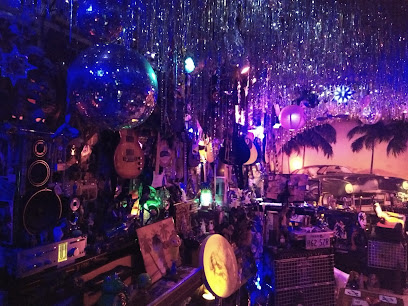
Kirikou
Discover Kirikou, a cozy bar in Kanazawa offering a delightful selection of drinks and a warm atmosphere, ideal for relaxation and socializing.
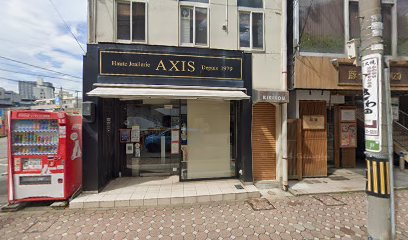
Local Phrases
-
- Helloこんにちは
[kon-ni-chi-wa] - Goodbyeさようなら
[sa-yo-u-na-ra] - Yesはい
[ha-i] - Noいいえ
[i-i-e] - Please/You're welcomeどうぞ
[do-u-zo] - Thank youありがとうございます
[a-ri-ga-to-u go-za-i-ma-su] - Excuse me/Sorryすみません
[su-mi-ma-se-n] - How are you?お元気ですか?
[o-ge-n-ki de-su ka] - Fine. And you?元気です。あなたは?
[ge-n-ki de-su. a-na-ta wa] - Do you speak English?英語を話せますか?
[e-i-go o ha-na-se-ma-su ka] - I don't understandわかりません
[wa-ka-ri-ma-se-n]
- Helloこんにちは
-
- I'd like to see the menu, pleaseメニューを見せてください
[me-n-yu-u o mi-se-te ku-da-sa-i] - I don't eat meat私は肉を食べません
[wa-ta-shi wa ni-ku o ta-be-ma-se-n] - Cheers!乾杯!
[kan-pa-i] - I would like to pay, pleaseお会計をお願いします
[o-kai-kei o o-ne-ga-i shi-ma-su]
- I'd like to see the menu, pleaseメニューを見せてください
-
- Help!助けて!
[ta-su-ke-te] - Go away!去って!
[sa-t-te] - Call the Police!警察を呼んで!
[ke-i-sa-tsu o yo-n-de] - Call a doctor!医者を呼んで!
[i-sha o yo-n-de] - I'm lost道に迷いました
[mi-chi ni ma-ya-i-ma-shi-ta] - I'm ill具合が悪い
[gu-a-i ga wa-ru-i]
- Help!助けて!
-
- I'd like to buy...これを買いたいです
[ko-re o ka-i-ta-i de-su] - I'm just looking見てるだけです
[mi-te-ru da-ke de-su] - How much is it?いくらですか?
[i-ku-ra de-su ka] - That's too expensiveそれは高すぎます
[so-re wa ta-ka-su-gi-ma-su] - Can you lower the price?値段を下げてもらえますか?
[ne-da-n o sa-ge-te mo-ra-e-ma-su ka]
- I'd like to buy...これを買いたいです
-
- What time is it?今何時ですか?
[i-ma na-n-ji de-su ka] - It's one o'clock一時です
[i-chi-ji de-su] - Half past (10)十時半です
[ju-u-ji ha-n de-su] - Morning朝
[a-sa] - Afternoon午後
[go-go] - Evening夜
[yo-ro] - Yesterday昨日
[ki-no-u-ta] - Today今日
[kyo-u] - Tomorrow明日
[a-su] - 1一
[i-chi] - 2二
[ni] - 3三
[sa-n] - 4四
[shi] - 5五
[go] - 6六
[ro-ku] - 7七
[na-na] - 8八
[ha-chi] - 9九
[kyu-u] - 10十
[ju-u]
- What time is it?今何時ですか?
-
- Where's a/the...?どこに...がありますか?
[do-ko ni ... ga a-ri-ma-su ka] - What's the address?住所は何ですか?
[ju-u-sho wa na-n de-su ka] - Can you show me (on the map)?地図で見せていただけますか?
[chi-zu de mi-se-te i-ta-da-ke ma-su ka] - When's the next (bus)?次のバスはいつですか?
[tsu-gi no ba-su wa i-tsu de-su ka] - A ticket (to ....)チケット(...まで)
[chi-ke-tto (... ma-de)]
- Where's a/the...?どこに...がありますか?
History of Kenrokuen Garden
-
Kenrokuen Garden, one of Japan's most celebrated gardens, was initially established in the early Edo period (1603-1868) as the outer garden of Kanazawa Castle. The garden's name, which translates to 'Six Attributes Garden', reflects its design principles, which are based on the six essential attributes of a perfect garden: spaciousness, tranquility, artifice, antiquity, water sources, and scenic views.
-
The garden was developed under the patronage of the Maeda clan, the feudal lords of the Kaga Domain, who were known for their wealth and cultural contributions. The third lord, Tsunanori Maeda, significantly expanded the garden in the 17th century, incorporating various elements such as ponds, tea houses, and flowering plants, which enhanced its beauty and made it a center for cultural gatherings.
-
Throughout the Edo period, Kenrokuen served as a venue for traditional tea ceremonies and seasonal festivals, becoming a vital part of Kanazawa's cultural landscape. The garden's exquisite beauty attracted poets, artists, and scholars, making it a hub for artistic expression and intellectual exchange, reflecting the cultural richness of the Kaga Domain.
-
In the Meiji era (1868-1912), Kenrokuen underwent significant changes as Japan modernized. However, restoration efforts began in the Taisho era (1912-1926) to preserve the garden's historical significance. These efforts included the construction of the iconic Kasumigaike Pond and the careful management of the diverse plant species that thrive within its landscape.
-
In 1922, Kenrokuen was designated a Special Place of Scenic Beauty, and in 1985, it became a National Special Historic Site. These recognitions have helped to ensure its preservation for future generations, solidifying Kenrokuen's status not just as a garden but as a cultural treasure of Kanazawa and Japan, showcasing the harmonious relationship between nature and human artistry.
Kenrokuen Garden Essentials
-
Kenrokuen Garden is conveniently located in Kanazawa, easily accessible from various neighborhoods. From Kanazawa Station, take the Hokuriku Railroad Bus (Kanazawa Loop Bus) which stops directly at Kenrokuen. Alternatively, a 30-minute walk from the station will take you through the city and to the garden's entrance. Taxis are also available and provide a quick, hassle-free option.
-
Once at Kenrokuen Garden, the area is best explored on foot, allowing you to fully appreciate the stunning landscapes. Bicycles can be rented nearby for those who prefer to cycle. The Kanazawa Loop Bus also has stops near the garden for easy access to other attractions in the area, such as Kanazawa Castle and the 21st Century Museum of Contemporary Art.
-
Kenrokuen Garden is generally a safe area for tourists. However, it is wise to stay aware of your surroundings, especially in crowded places. While Kanazawa is known to have low crime rates, petty theft can occur, particularly in busy tourist spots. Avoid leaving valuables unattended and be cautious when approached by strangers.
-
In case of an emergency, dial 110 for police or 119 for fire and medical services in Japan. The nearest hospital to Kenrokuen Garden is Kanazawa Medical Center, located a short taxi ride away. It is advisable to have travel insurance that covers medical emergencies. For minor medical issues, there are pharmacies in the vicinity.
-
Fashion: Do wear comfortable shoes for walking, and dress appropriately for the season. During visits to shrines or temples, modest clothing is encouraged. Religion: Do respect local customs, especially in areas around temples and shrines. Public Transport: Do be polite and considerate when using public transport, and don't speak loudly. Greetings: Do greet locals with a slight bow and a smile. Eating & Drinking: Do try the local snacks available in nearby shops. Don't eat or drink while walking in the garden.
-
To experience Kenrokuen Garden like a local, visit early in the morning or later in the afternoon to avoid peak tourist hours and enjoy a more serene atmosphere. Bring a picnic to enjoy in designated areas of the garden. Engage with local gardeners or staff to learn more about the flora and history of the garden. Check the seasonal events, such as cherry blossom viewings in spring or autumn foliage, to enhance your visit.
Nearby Cities to Kenrokuen Garden
-
Things To Do in Nagoya
-
Things To Do in Kyoto
-
Things To Do in Nara
-
Things To Do in Osaka
-
Things To Do in Tokyo
-
Things To Do in Hiroshima
-
Things To Do in Fukuoka
-
Things To Do in Pohang
-
Things To Do in Gyeongju
-
Things To Do in Ulsan
-
Things To Do in Busan
-
Things To Do in Andong
-
Things To Do in Daegu
-
Things To Do in Chuncheon
-
Things To Do in Sapporo


